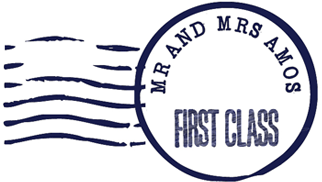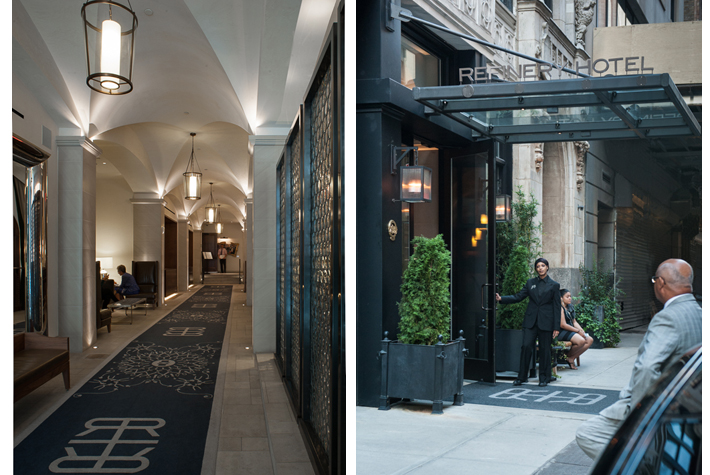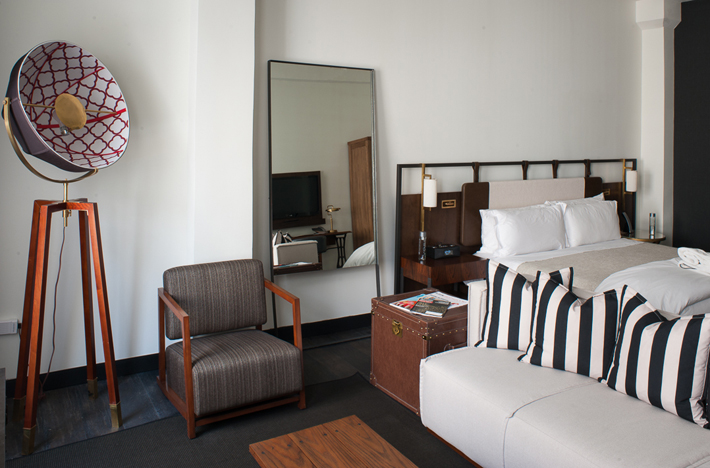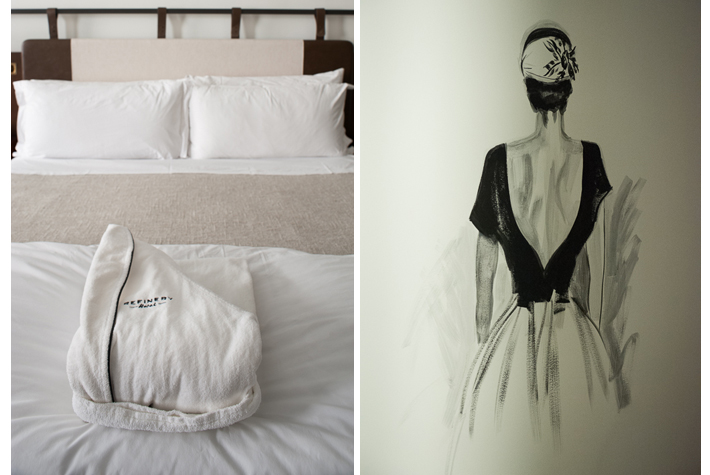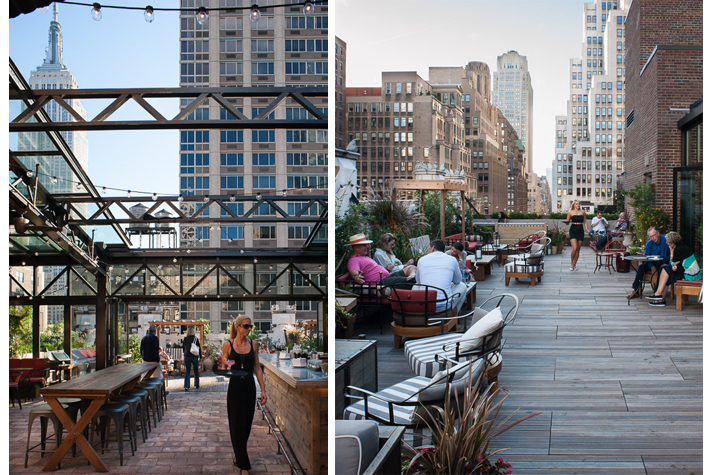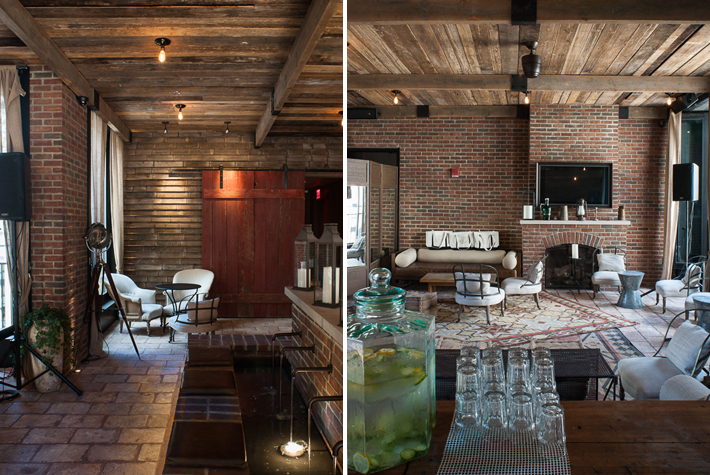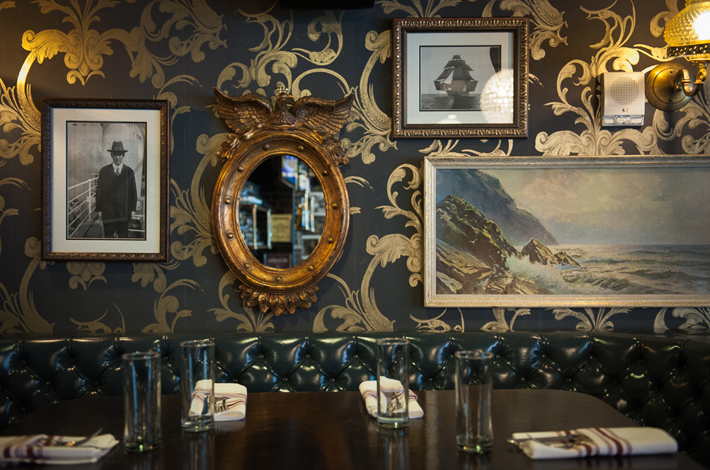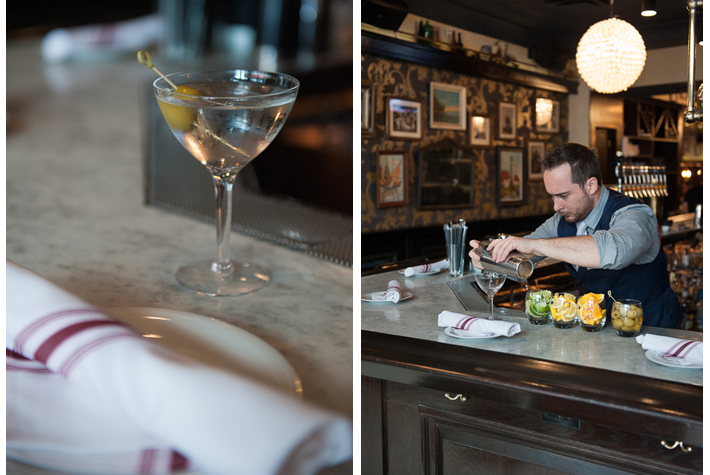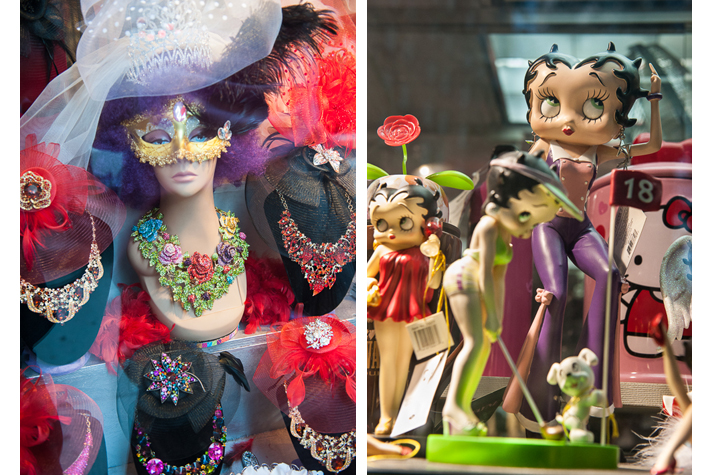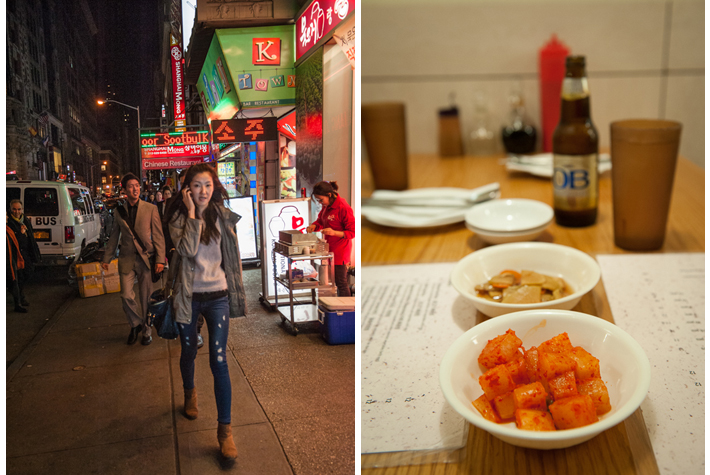New York’s Fashion Revival
A hat factory becomes a chic hotel
When I moved to New York
in the mid 1980s, Seventh Avenue was the lifeblood of city’s garment industry, a bustling thoroughfare that was often a nightmare to navigate because of the constant stream of workers pushing racks of samples from factory to showroom. If you weren’t nimble enough, your toes would be run over by industrial wheels, or you’d find yourself pushed into the gutter, where you were likely to be wiped out by a limousine pulling up to the kerb to disgorge its cargo of fashion editors or famous designers.
It was chaotic but it had the atmosphere of a real neighbourhood, one that dated back to before the Civil War, when manufacturers set up shop to produce uniforms for slaves in the plantations down South. This was a dark beginning, but in the second half of the 19th Century, the garment industry provided work for thousands of immigrants from Eastern Europe. For most of the 20th Century New York’s fashion district produced 90% of America’s clothing and outstripped Paris as the most commercial fashion business in the world. Paris may have had the creativity, but New York generated the money and marketing know-how.
It’s a different story these days. It’s estimated that only 3% of America’s clothing is now produced in this district. With so much manufacturing going offshore, you’re more likely to see IT professionals and architects on the street than fashion house employees. There are in fact an estimated 270 small factories still operating, employing 7000 people, but this is a far cry from the 1960s when more than 200,000 people worked in the area.
Historically, the garment district occupies less than a square mile, from 34th-42nd Streets and between Fifth and Ninth Avenues. Much of it isn’t pretty, a mishmash of wig stores, nail parlours, cheap clothing outlets and hole-in-the-wall delis. The grand department stores Macy’s and Lord & Taylor exist within the precinct, as does beautiful Bryant Park, the home of the New York Fashion Week tents before they moved to the Lincoln Center in 2012, but with the fashion industry depleted you couldn’t say the area has any real character.
Fans of popular US TV series Project Runway will be familiar with its streets, especially the Atlas apartments on 38th street where the contestants bunk down and Mood Fabrics a block or so away, the scene of so many frenzied shopping expeditions.
Against all odds, though, the neighbourhood is undergoing a revival. It’s one of the few Manhattan districts that hasn’t had a makeover, which means it’s inevitable that developers have their eyes on it. But preservationists are also keen to keep the historic buildings intact, as well as introduce initiatives to support the fashion business so that manufacturing can be sustained.
The Garment District Alliance has been committed to improving the district since 1993, investing $80 million to date. Save the Garment Center started as a grassroots movement in 2007 to protest changes in zoning that would lead to fashion tenants being pushed out. Now it supports suppliers, factories and designers in broader ways and works with other agencies, such as the New York City Economic Development Organisation and the Council of Fashion Designers of America, to keep the fashion industry alive. While large-scale manufacturing is unlikely to return, these the district is now being promoted as the hub of research and development.
The garment district has never been a touristy area, although it encompasses the Empire State Building in its precinct. But in over the past years several hotels, including Springhill Suites by Marriott, Hyatt Place Midtown and The Refinery and the Knickerbocker Hotel, have debuted. These openings have already started to change up the vibe on the streets, bringing with them upscale restaurants, cafes and bars.
The 197-room Refinery Hotel is especially interesting as it honours the history of the garment district in design and spirit. It occupies the Colony Arcade Building, a 12-story skyscraper built in 1913 in the style of a classical Greek column with Gothic touches. For much of the 20th Century it was the home of high-class millinery artisans. In 1914, a local entrepreneur, Winifred T. McDonald, opened a tearoom on the ground floor, which served more than tea during the Prohibition era. The old speakeasy is now the hotel’s lobby bar.
The original building has been expensively preserved, including the gorgeous gothic vaulting of the entrance hall. Interior design firm Stonehill + Taylor used as many of the building’s historical features as possible. Material from the original water tanks and industrial fixtures have been reworked into the ceilings and furniture. The rooms have the industrial feeling of the old hat factories, with high ceilings, big windows, rough-hewn floorboards, custom made desks based on the treadle tables of old Singer sewing machines and coffee tables in the style of factory carts. A hand drawn sketch of a fashion model putting on a hat decorates each room, continuing the fashion theme.
An installation of milliner’s tools is hung behind the front desk and other curiosities from the trade are mixed with the work of local artists. As a charming touch, the hotel’s guide to services is printed in the ‘Refinery Times’ a facsimile of a broadsheet newspaper from the early 20th Century, filled with advertisements for the milliners who set up shop in the building.
The producers of Project Runway liked the hotel’s fashion cred so much, they moved contestants into it for series 12. That gave the new hotel some buzz, although its rooftop bar, with a huge outside terrace that has views to the nearby Empire State Building, has been the neighbourhood’s summer hot spot for drinks (and there’s a fireplace for winter.) The hotels’ speakeasy style gastro pub Parker & Quinn serves up tap beer and comfort food with a twist in pub style booths, with a corner reserved for dusty memorabilia from Winnie McDonald’s day. The personable young staff is dressed in cheeky braces and caps, more Depression-era chic.
If you stay at The Refinery, you’ll find the stretch of 38th Street it occupies, between Fifth and Sixth Avenues, is still studded with a few shops selling haberdashery and trimmings like ribbons and buttons. Many of them stock cheap goods from India, but there are a few original retailers in the neighbourhood, such as Hyman Hendler & Sons at no 21, who have been selling ribbons for over 100 years.
The garment district is well situated for the visitor, being a short walk to the Empire State, Rockefeller Center, the New York City Public Library, Grand Central Station and Times Square. The sprawling octopus that is Macy’s is on 34th Street, as are a number of chain stores like GAP and Uniqlo (selling clothing that is mostly made offshore.) Lord & Taylor on Fifth Avenue is a more genteel department store with fewer crowds, often overlooked.
In the evening, a fun place to eat out is Korea Way, a stretch of 32nd Street between Fifth and Broadway that is lined with dozens of Korean restaurants. It’s also just a short walk to the newly named NoMad district, north of Madison Square garden, where there are a number of great places to eat such as the emporium Eataly, John Dory at the Ace Hotel and The Atrium and The Parlour at the NoMad Hotel.
The Garment District Alliance has spearheaded the development of the Fashion Walk of Fame that runs from Macy’s to Time Square along Seventh Avenue. There, you can find 24 plaques honouring local fashion heroes from 1940s milliner Lilly Daché to current darling Marc Jacobs.
The Refinery Hotel: 63 W 38th Street, New York, NY, 10018; Tel 646 664 0310.
Mr and Mrs Amos were guests of The Refinery Hotel and flew to New York courtesy of Hawaiian Airlines.
